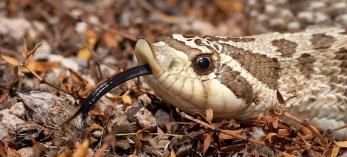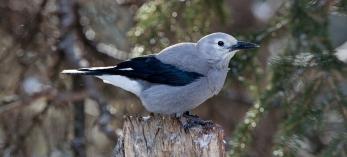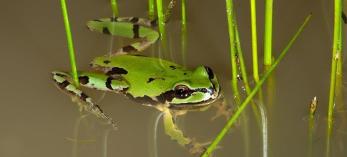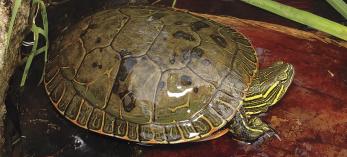- Explore
- Photography
- Shop
- Classroom
- Subscriptions
Nature
Browse our nature archive.
Western Banded Geckos
If you’re afraid of scorpions, you can thank Western banded geckos for making sure the population doesn’t get out of hand. In addition to foraging at night for small…
Apache Cicadas
Most Arizonans will recognize the buzz that rises from trees in late spring and early summer — the call of the cicadas. Apache cicadas, scientific name Diceroprocta…
Blue Death-Feigning Beetles
If Jurassic Park taught us anything, it’s that predators prefer live prey. Blue death-feigning beetles (Asbolus verrucosus) use that fact to their…
Western Hognose Snakes
Western hognose snakes are sometimes called “bluffers” or “faux vipers” for their dramatic playacting when they feel threatened. At first, they’ll spread the skin on their…
Clark's Nutcrackers
Clark’s nutcrackers are hoarders. With their dagger-like bills, these birds jab into pine cones and harvest their seeds, storing up to 150 of them in pouches under their…
Arizona Treefrogs
More than a couple of Arizona treefrogs could fit comfortably in the palm of your hand, as these little hoppers rarely grow longer than 2 inches. Their skin is toxic,…
Kit Foxes
Kit foxes are the runts on the fox family tree. Of the three species found in Arizona, kit foxes are by far the smallest. They're also the most elusive.
They can…
Western Painted Turtle
You don't have to travel to the wilderness to see a Western painted turtle. These aquatic creatures, indigenous to the Lyman Lake area of Northeastern Arizona, are now…
Pallid Bats
If pallid bats could be kept as pets, they'd be all the rage in Arizona — despite the creepy claws, vampiric reputation and complete dearth of cuddliness. Because what…









